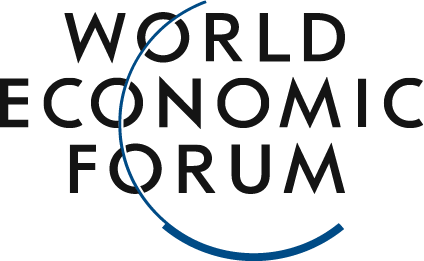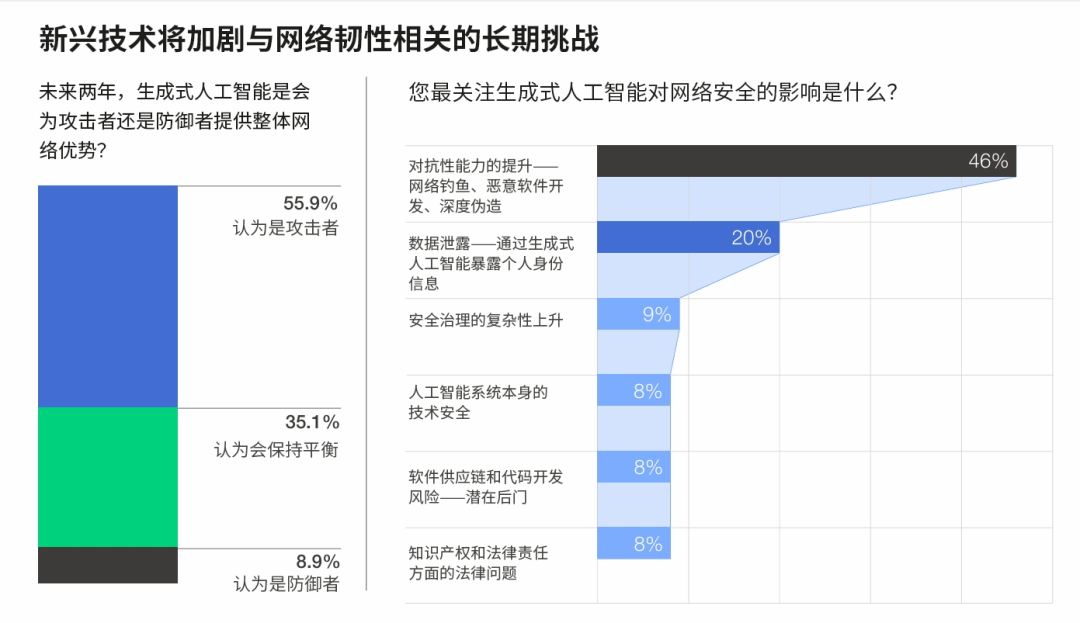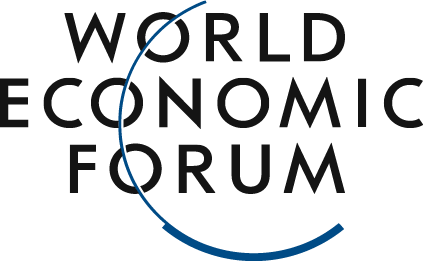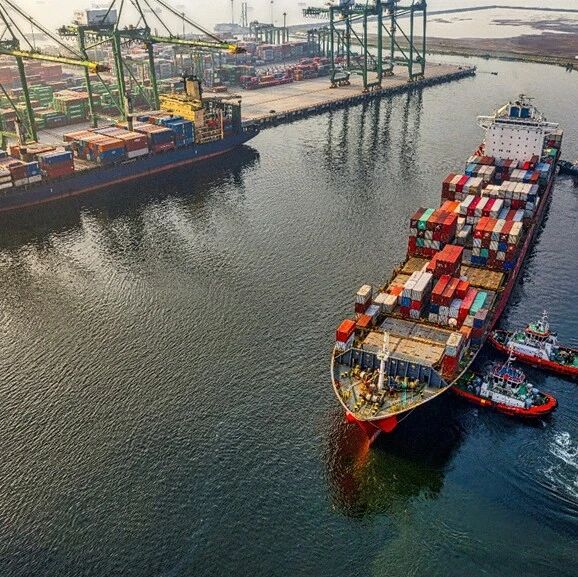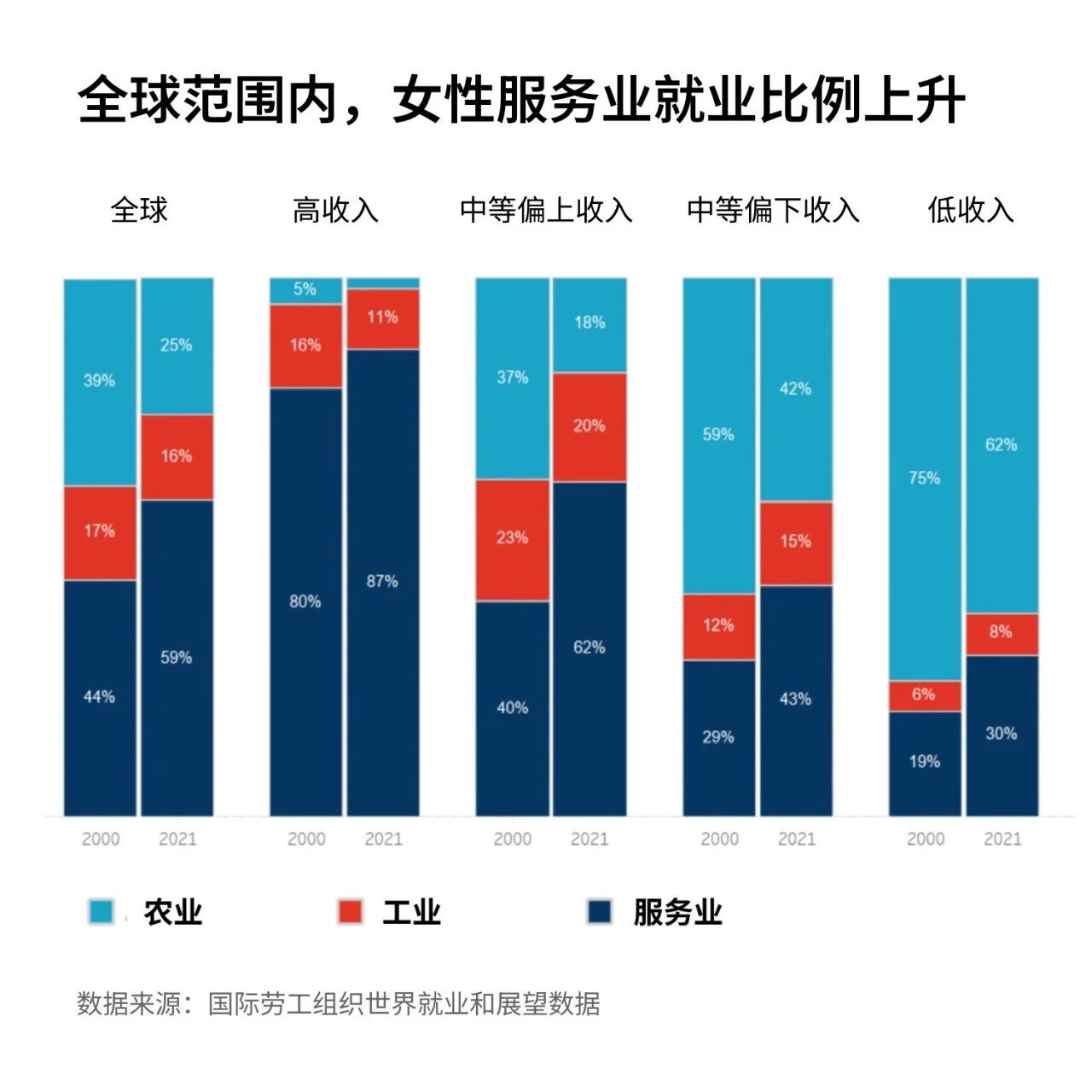Home/News/Five Major Cybersecurity Risks Posed by Emerging Technologies and How to Mitigate Them/
Five Major Cybersecurity Risks Posed by Emerging Technologies and How to Mitigate Them
2024-11-06
,?
:Unsplash/FlyD
Simon Torkington
:
Here are the five key findings of the report.1. The attack surface continues to expand:Over 200 critical and emerging technologies will rapidly expand the potential entry points for cyberattacks. By 2025, as many as 75 billion connected devices could pose significant security risks. Now, more than ever, comprehensive and robust security measures are essential.2. Risk and Reward Characteristics of Artificial Intelligence:Less than two years after breakthroughs in generative AI, data poisoning, model manipulation, and adversarial attacks—such as AI-powered phishing—have emerged as new security vulnerabilities. On the bright side, AI tools can significantly bolster cybersecurity measures. However, ongoing innovation remains critical for developing advanced, ever-evolving defense strategies.3. Quantum Computing Threatens Encryption Technology:The immense processing power of quantum computing could render current encryption technologies obsolete. There is evidence suggesting that cybercriminals are already storing data now, anticipating future breakthroughs in decryption capabilities. As a result, accelerating the development and implementation of quantum-proof encryption methods has become critical.4. Supply chains face risks:Technology-driven global supply chains are highly vulnerable to attacks by cybercriminals and other malicious actors. To ensure that the flow of goods between global economies remains uninterrupted, robust end-to-end security measures must be implemented.5. Defense Challenge:There is a severe shortage of cybersecurity professionals who possess expertise in emerging technologies, which is weakening defensive capabilities. To effectively safeguard new systems and stay ahead of evolving threats, both the public and private sectors must invest in cybersecurity recruitment and skills development."According to Akshay Joshi, Head of the World Economic Forum’s Cybersecurity Center: 'Resilience-based design represents a paradigm shift—it calls on organizations and decision-makers to move their focus beyond simply enhancing cybersecurity, toward comprehensively fostering cyber resilience. This means not only building secure systems but also ensuring they remain flexible and adaptable, capable of effectively addressing emerging threats.'"Building a Future with Cyber ResilienceGiven the risks posed by emerging technologies, the report offers a series of recommendations to ensure that critical systems remain secure.Investing in R&D and innovative solutions—such as advanced encryption technologies and AI-powered tools—is becoming increasingly critical. Technological advancements must be paired with strengthened collaboration among government, industry, and academia. These partnerships should focus on collective problem-solving and enhancing cybersecurity skills in emerging technology fields.As the integration of emerging technologies and the economy deepens, regulatory frameworks and standardization will play a critical role in fostering secure design and international collaboration.Implementing a continuous monitoring mechanism and adjusting strategies in response to evolving threats will be essential.By balancing risks with opportunities, we can maintain a secure and resilient digital ecosystem that fosters innovation while safeguarding our critical assets—paving the way for a prosperous and secure digital future.
The above content solely represents the author's personal views.This article is translated from the World Economic Forum's Agenda blog; the Chinese version is for reference purposes only.Feel free to share this on WeChat Moments; please leave a comment below the post if you’d like to republish.
Translated by: Sun Qian | Edited by: Wang Can
The World Economic Forum is an independent and neutral platform dedicated to bringing together diverse perspectives to discuss critical global, regional, and industry-specific issues.
Follow us on Weibo, WeChat Video Channels, Douyin, and Xiaohongshu!
"World Economic Forum"
